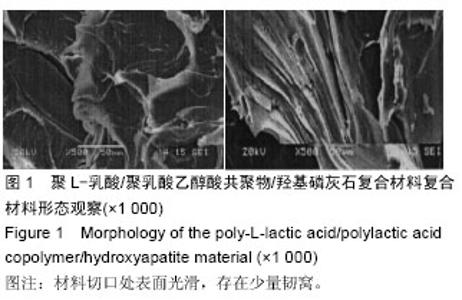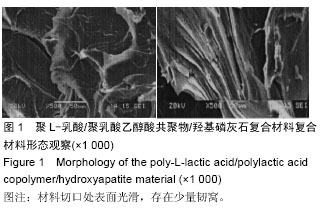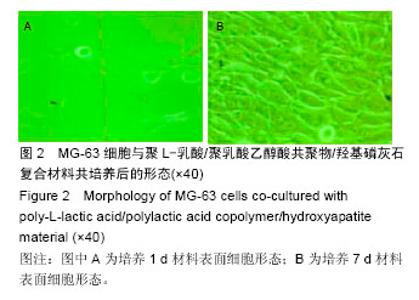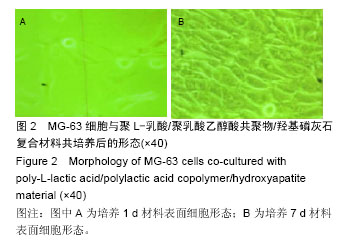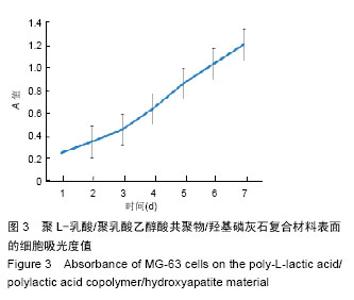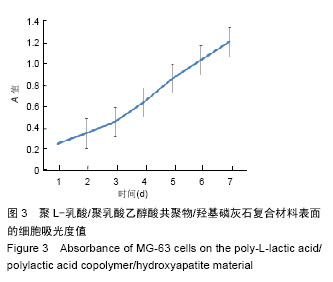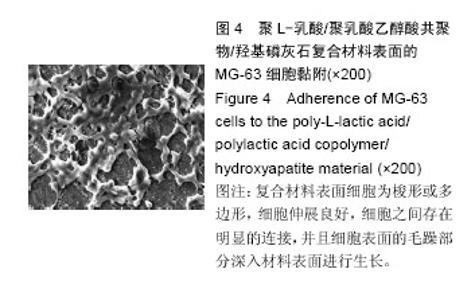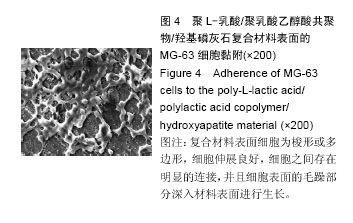| [1] Babis GC,Evangelopoulos DS,Kontovazenitis P,et al. High energy tibial plateau fractures treated with hybrid external fixation.J Orthop Surg Res. 2011;6:35.
[2] Kim WY, Ji JH,Park SE,et al. Surgical management of pilon fractures with large segmental Bone defects using fibular strut allografts: a report of two cases.Eur J Orthop Surg Traumatol.2011;21(6):439-444.
[3] 万春友,马宝通,金鸿宾,等.外固定支架治疗合并髁部骨折的胫骨干复杂骨折[J].中华创伤杂志,2006,22(8):598.
[4] Ahmad MA,Sivaraman A,Zia A,et al.Percutaneous locking plates for fractures of the distal tibia: our experience and a review of the literature.J Trauma Acute Care Surg. 2012;72(2):E81-87.
[5] Sadighi A,Elmi A,Jafari MA, et al. Comparison study of therapeutic results of closed tibial shaft fracture with intramedullary nails inserted with and without reaming. Pak J Biol Sci.2011;14(20):950-953.
[6] 宋文奇,陈宇杰,罗从风,等.四肢内固定取出术并发症和意外分析及防治要点[J].中国骨与关节损伤杂志, 2008, 23(8):649-651.
[7] 王勇平,蒋垚.基于SCI数据库收录文献分析镁合金植入物在骨科的应用[J].中国组织工程研究, 2012,16(16): 2971-2980.
[8] 陈宇轩,吕春堂,雷德林,等.生物可吸收材料L/DL-聚乳酸的生物相容性及体内降解[J].第四军医大学学报, 2000, 21(4):417-420.
[9] 李维新,袁斌云,詹瑞森.可吸收螺钉在治疗四肢非负重骨骨折中的效果评价[J].湘南学院学报(医学版), 2012, 14(2):15-17.
[10] Fang X,Jiang L,Wang Y,et al.Treatment of Gustilo grade III tibial fractures with unreamed intramedullary nailing versus external fixator: a meta-analysis. Med Sci Monit. 2012;18(4):RA49-56.
[11] 胡晓亮,丁菊红,秦惠敏,等.生物可吸收螺钉在短管状骨骨折髓内固定的临床应用[J].生物骨科材料与临床研究, 2008,5(5):17-19.
[12] Ahmad MA,Sivaraman A,Zia A,et al. Percutaneous locking plates for fractures of the distal tibia: our experience and a review of the literature. J Trauma Acute Care Surg. 2012;72(2):E81-87.
[13] 倪明,厉国定,胡晓亮,等.生物可吸收螺钉在踝足骨折治疗中的应用[J].生物骨科材料与临床研究,2012,9(1):45-47.
[14] Sament R,Mayanger JC,Tripathy SK,et al.Closed reduction and percutaneous screw fixation for tibial plateau fractures.J Orthop Surg (Hong Kong). 2012; 20(1):37-41.
[15] 陈刚,管军辉,安洪宾,等.可吸收螺钉与钛合金金属螺钉在踝部骨折中的应用对比[J].医学理论与实践, 2011,24(17): 2076-2077.
[16] 毛谡,张军,王小燕.股骨近端锁定接骨板治疗Russell- TaylorⅡ型股骨转子下骨折[J].浙江创伤外科, 2011, 19(5):592-593.
[17] 吴楚君,吕丽涛,王胜,等.股骨近端锁定钢板治疗老年股骨转子下骨折[J].生物骨科材料与临床研究, 2009,6(6): 27-30.
[18] 王钧,李亚明.股骨近端锁定钢板治疗粉碎性股骨转子下骨折[J].实用骨科杂志,2009,15(3):232-233.
[19] 郑志荣,叶小雨,王勇. 股骨近端锁定钢板在粉碎性股骨转子下骨折中的应用[J].临床骨科杂志, 2011,14(4): 457-457.
[20] 蒋栋,吕书军.锁定钢板在股骨转子下长节段粉碎骨折治疗中的应用[J].中华创伤杂志,2010,26(2):136-137.
[21] Tomas J,Teixidor J, Batalla L,et al.Subtrochanteric fractures: treatment with cerclage wire and long intramedullary nail.J Orthop Trauma. 2013;27(7): e157-160.
[22] Kristek D,Lovri I,Kristek J.The proximal femoral nail antirotation (PFNA)in the treatment of proximal femoral fractures.J Coll Antropol.2010;34(3):937-940.
[23] Han N,Sun GX, Li ZC, et al.Comparison of proximal femoral nail antirotation blade and reverse less invasive stabilization system-distal femursystems in the treatment of proximal femoral fractures.J Orthop Surg.2011;3(1):7-13.
[24] Tang P,Hu F,Shen J,et al.Proximal femoral nail antirotation versus hemiarthroplasty: a study for the treatment of intertrochanteric fractures.J Injury. 2012; 43(6):876-881.
[25] Soucanye de Landevoisin E,Bertani A,Candoni P,et al.Proximal femoral nail antirotation(PFN-ATM) fixation of extra-capsular proximal femoral fractures in the elderly:retrospective study in 102 patients.J Orthop Traumatol Surg Res.2012;98(3):288-295.
[26] Wang WY,Yang TF,Fang Y,et al.Treatment of subtrochanteric femoral fracture with long proximal femoral nail antirotation.Chin J Traumatol. 2010; 13(1):37-41.
[27] 赵海生,徐耀增,王贵贤,等. 股骨近端防旋髓内钉治疗股骨转子下骨折[J].中国组织工程研究, 2013,48(17): 8368-8373.
[28] 熊进,施鸿飞,王俊飞,等.股骨近端防旋髓内固定治疗高龄股骨转子周围骨折[J].临床骨科杂志, 2011,14(6): 681-683.
[29] Fan L,Dang X,Wang K.Comparison between bipolar hemiarthroplasty and total hip arthroplasty for unstable intertrochanteric fractures in elderly osteoporotic patients. PloS One.2012;7:e39531. |
